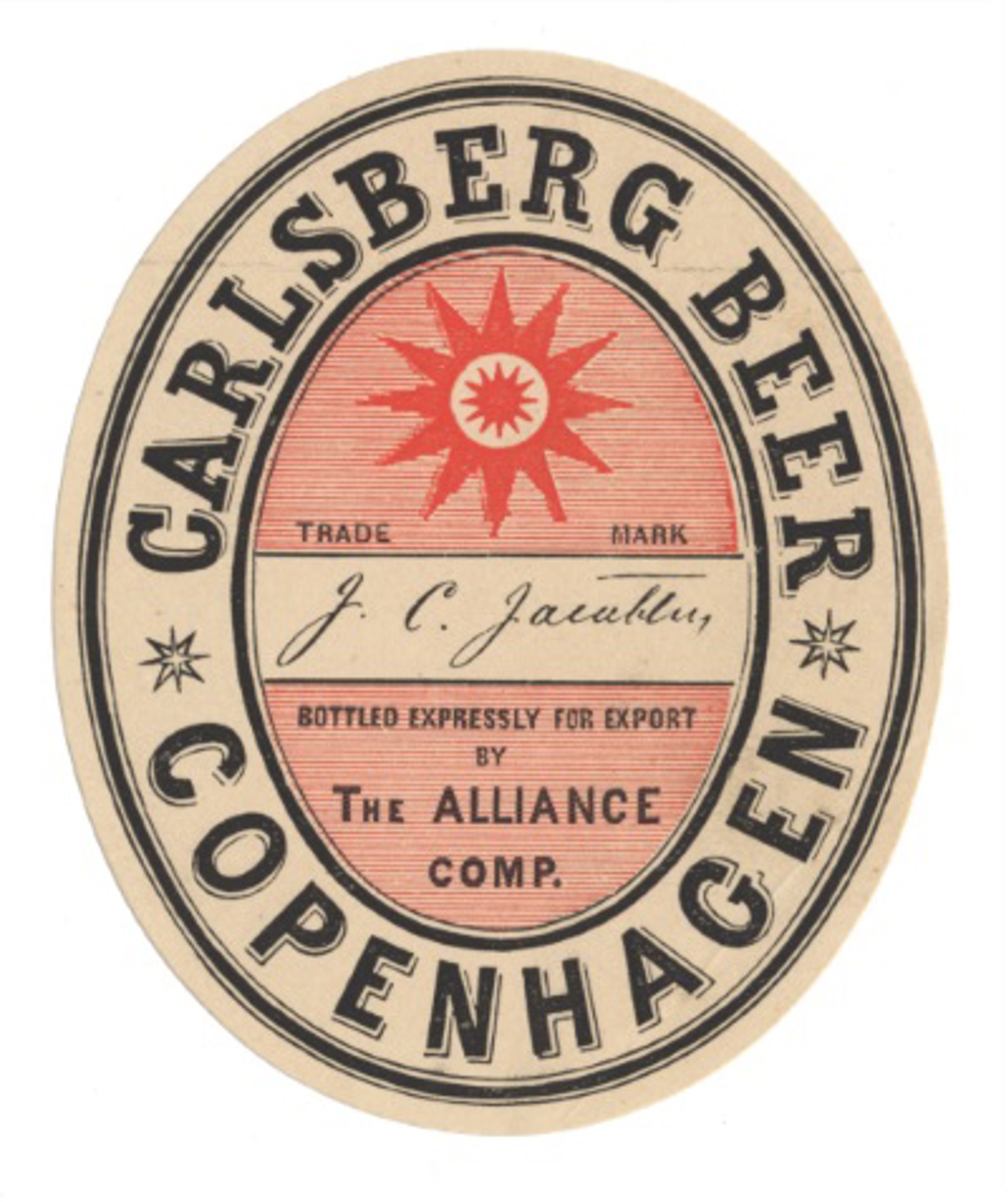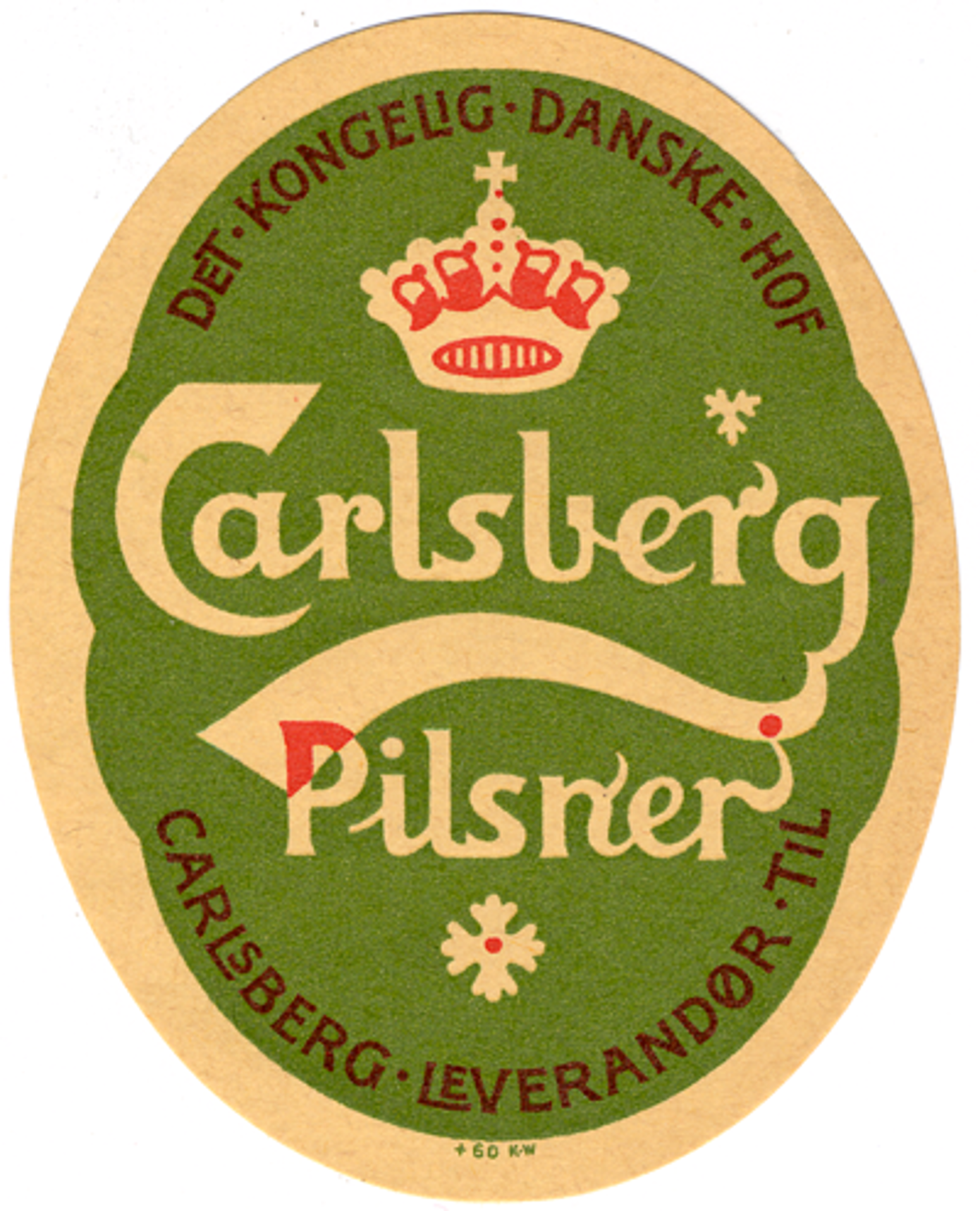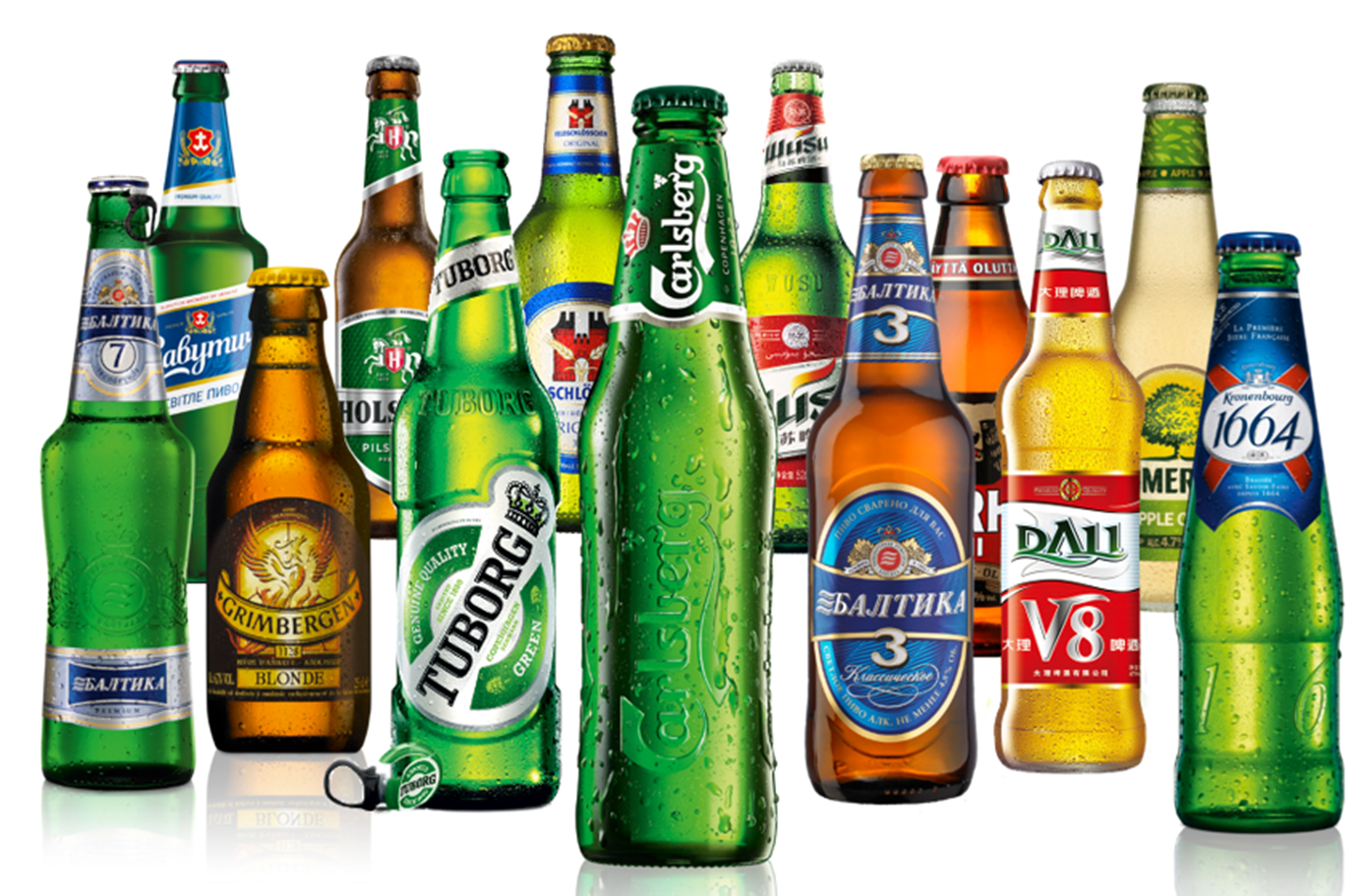
 1847
1847
J.C. Jacobsen founds Carlsberg
In 1811, Jacob Christian Jacobsen, the founder of Carlsberg, enters the world. When his father dies in 1835, J.C. Jacobsen takes over as a brewer. J.C. was born to brew. Driven by his passion for beer and an early interest in the natural sciences, J.C. Jacobsen sets out on a lifelong journey to improve the quality of beer. His first stop is Bavaria where he studies the brewing techniques for a new beer at Gabriel Sedlmayr's zum Spaten brewery in Munich. In the summer of 1845, carrying two pots of Spaten yeast in a customized hat box, J.C. returns to Denmark by stagecoach.
On this long journey, he keeps the yeast cool by stopping frequently and dousing it with cold water. J.C. Jacobsen's first batches of lager are made in his mother's copper wash basin. They are refined in his brewery till he gets them just right. This new lager needed a new brewery with larger cool storage space. Taking the name of his five-year-old son, Carl, and the Danish word for hill, "bjerg", he builds his new brewery just outside Copenhagen. With that, Carlsberg is born in 1847. International approval came just 21 years later when the first Carlsberg beer was exported to Great Britain.
 1867
1867
The Carlsberg brewery suffers from a massive fire


J.C. Jacobsen uses the incident to modernise the brewery yet again. He installs a cooling system that improves product quality and leads to a dramatic increase in sales. Now, Jacobsen's son Carl returns from studying brewing process in Europe. He is invited to brew his own beer in the newly constructed annex brewery. He names his brewery New Carlsberg. The first thing Carl does is to meet market demand by pushing capacity and cutting his father's brewing process in half. In 10 short years, sales at his New Carlsberg surpass that of his father's Old Carlsberg. Carl is selling his beer under the Carlsberg name but much to his father's dissaproval, Carl produces a beer with a shorter storage time. This sparks a family feud between father and son. J.C. Jacobsen, who has his lawyers evict Carl from the Annex and legally attempts to limit his production capacity. He even tries to force Carl to change the name of his brewery. J.C. also wants to keep the label design to himself, but Carl does not cooperate. Father and son eventually reconcile in October 1886, just before J.C. Jacobsen's death.
 1868
1868
Carlsberg export begins


1870s
J.C. Jacobsen wins international prizes
1875
J.C. Jacobsen founds the Carlsberg Laboratory to study the malting, brewing and fermenting process
1876
The Carlsberg Foundation is established to manage the Carlsberg Laboratory and to support Danish scientific research
1882
After falling out with his father, Carl Jacobsen sets up his new independent brewery New Carlsberg

1883
By 1883, professor Emil Christian Hansen develops the key to a perfectly consistent beer production. He discovers that organisms are composed of different fungi and that yeast culture can be cultivated. He isolates a pure yeast culture and changes the concept of brewing forever. The method of cultivating pure yeast is worth a fortune and will revolutionise the quality of beer worldwide. But instead of keeping it secret, J.C. Jacobsen decides to give it away sharing his breakthrough with brewmasters around the world. Maybe J.C. Jacobsen new the original could never be beaten or maybe he knew in doing so, there would be a little bit of Carlsberg in a multitude of beers. Regardless of his reasons, original Carlsberg yeast is used on most of the single lagers that are crafted today.
Later in 1909, the Danish chemist doctor Søren P.L. Sørensen, head of Carlsberg Laboratory's Chemical Department, develops the pH scale at the Carlsberg Laboratory. His pioneering research has had a profound effect on beer and science. The pH scale has become the standard by which we determine how a liquid will react and interact with living organisms. Throughout the 20th century, the Carlsberg Laboratory contributed to the important study of enzymes and continue to do so today.
 1889
1889
Carlsberg starts export to Asia

1904 - Carlsberg pilsner is brewed for the first time
The Danish architect and artist, Thorvald Bindesbøll is commissioned to design the label that will redefine the look of Carlsberg beer forever. During the same year, Carlsberg also becomes the first Danish brewery to receive an appointment to supply beer to the Royal Danish Court. The crown in the Carlsberg label is a testament to this prestigious honor. Carlsberg's natural ingredients are symbolized by the label's hopleaf. For J.C. Jacobsen and son Carl, the look of the Carlsberg estate was also very important. Both father and son believed that attractive surroundings like art could raise a man's spirit. They wanted to explore new architectural styles for their industrial buildings and strove to create an aesthetic brewery.
Carl Jacobsen wanted to prove that a factory's chimney could be a work of art. He had Carlsberg's famous twisting chimney built in 1900. The star gate at the original entrance bears the symbol of the 12 pointed star. The 12 pointed star is the trademark of old Carlsberg. Carl Jacobsen's elephant tower is perhaps the best-known building on the estate. The elephants symbolise Carl's four surviving children. Jacobsen chose the symbol of the elephant because it represented strength, loyalty and industriousness; the perfect match to his motto Laboremus Pro Patria (let us work for our country).

 1906
1906
New and Old Carlsberg merge to become Carlsberg Breweries. Carl becomes the first managing director of the Carlsberg Breweries. He institutes a pension fund and introduces an eight-hour work day to his employees.


1909
S.P.L Sørensen develops the pH scale
 1900s
1900s
Continued export and expansion activities
1932
Carlsberg establishes an export department and regular visits to import agents are initiated
1954
Bottle agreements are signed with companies in Ireland, Gibraltar and Malta to bottle Carlsberg beer for their local markets
1966
First overseas licence is given and Carlsberg is brewed for the first time outside Denmark at the Photos Photiades Breweries in Cyprus
1968-1990s
Between the years 1968-1981, Carlsberg increases its international focus by opening up breweries in various parts of the world. The first overseas brewery opens in 1968. In 1972, 1974 and 1981, Carlsberg opens up breweries in Malaysia, the UK and Hong Kong, respectively.
In the period after 1976, sales of Carlsberg and Tuborg outside Denmark exceed domestic sales by far. The success of Carlsberg and Tuborg's products in all parts of the world is attributed to the quality consciousness, the know-how and the technological proficiency.
Carlsberg's international presence continues to grow in the 1990s as the company increases the degree of ownership or acquires new shareholdings in breweries in Portugal, Sweden, Italy, Vietnam, China, Poland, Latvia and Croatia.


 1970
1970
Carlsberg is listed on the Copenhagen Stock Exchange
 1973
1973
Carlsberg's iconic tagline 'Probably the best beer in the world' is created
Central & Eastern Europe and India
-
Azerbaijan
-
Belarus
-
Bulgaria
-
Canada
-
Croatia
-
Estonia
-
Greece
-
Hungary
-
India
-
Italy
-
Kazakhstan
-
Latvia
-
Lithuania
-
Serbia
-
Ukraine



